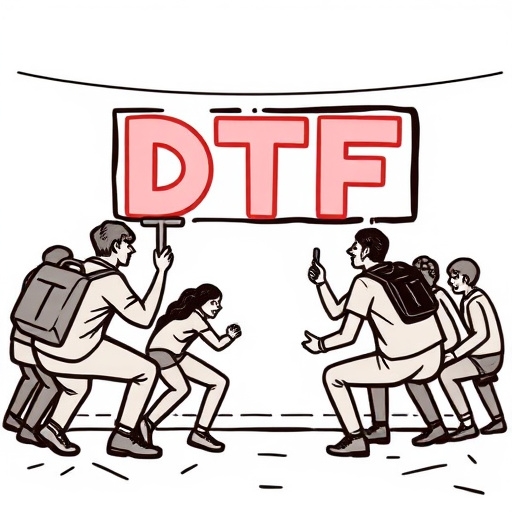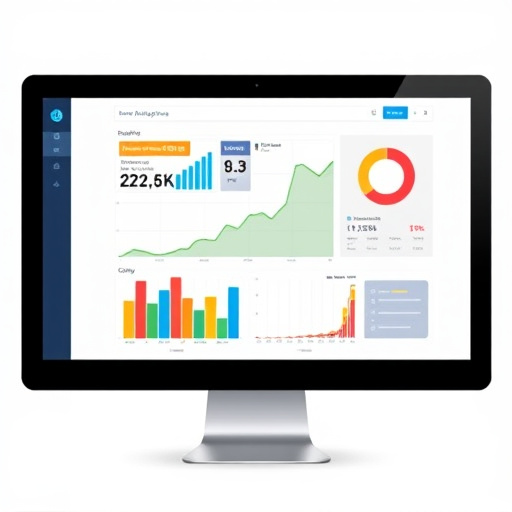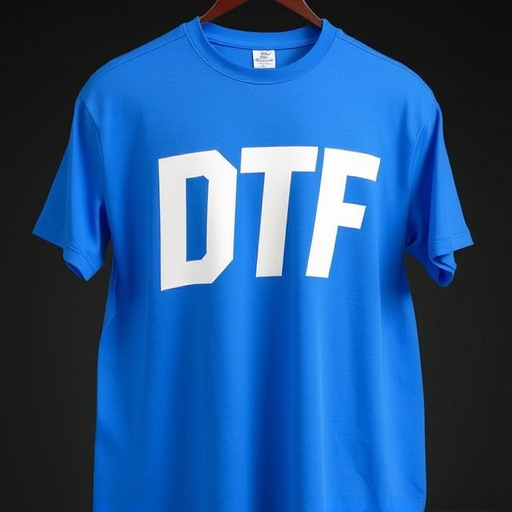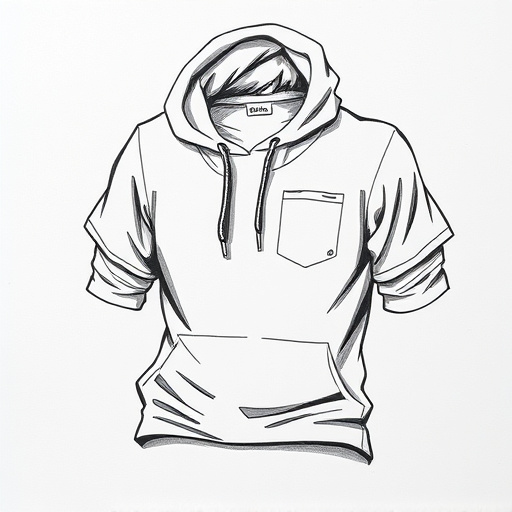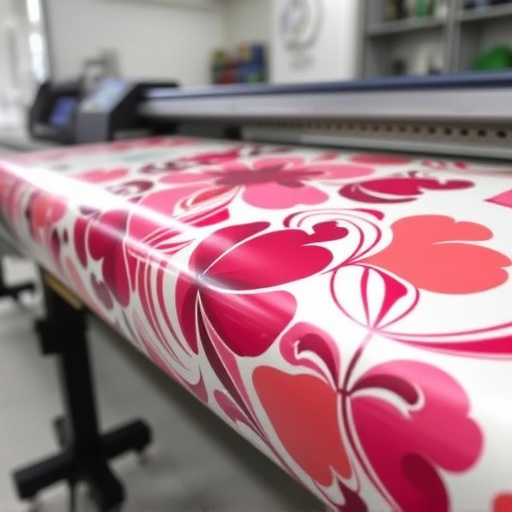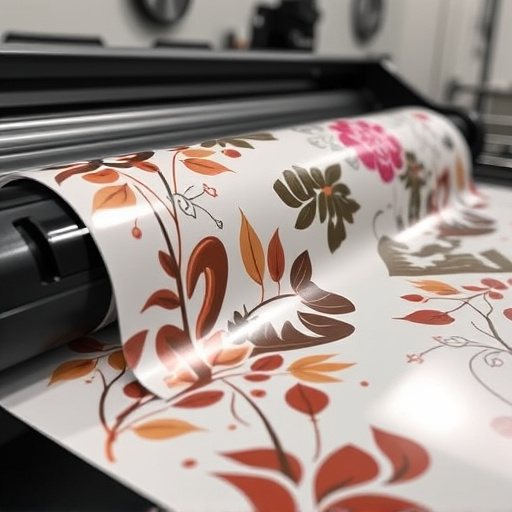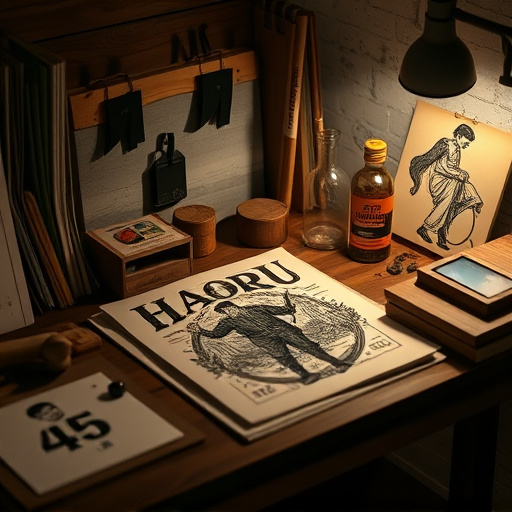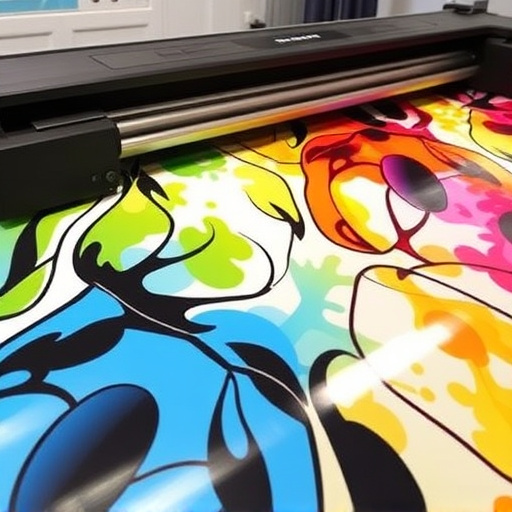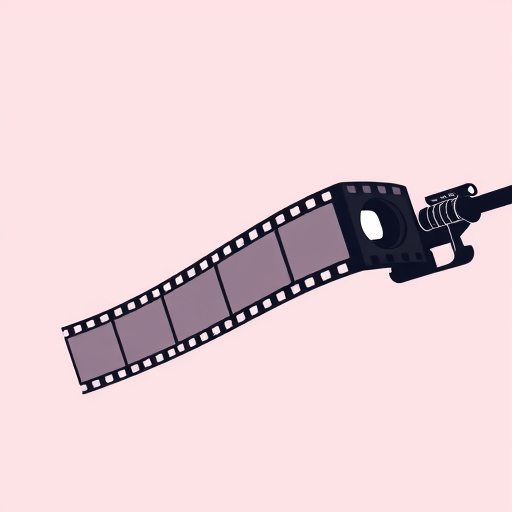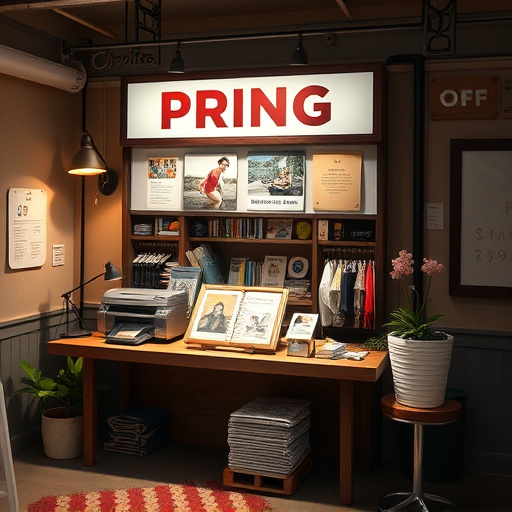DTF (Direct to Fabric) Printing is a cutting-edge method for custom apparel, offering superior print quality and vibrant colors on light fabrics at a lower cost. Its benefits include faster turnaround times, design versatility, and efficiency in small to medium batch production compared to traditional screen printing. DTF print's direct application ensures durability and professional finishes, ideal for creating personalized items like hoodies or T-shirts. This guide simplifies the process, from gathering essential tools (DTF printer, heat press, suitable fabric, vector design software) to preparing fabrics and printing designs at 300 DPI for optimal results.
“Discover the exciting world of Direct-To-Fashion (DTF) printing and unlock its numerous advantages! This comprehensive guide is tailored for beginners seeking to master this innovative textile printing method. Learn why DTF stands out, from its ability to print on various fabrics to the speed and versatility it offers. We’ll demystify the process, providing a step-by-step approach to getting started, ensuring you can create stunning designs with ease. Explore the benefits that make DTF printing a game-changer for both hobbyists and professionals.”
- What is DTF Printing and Why Choose It?
- Understanding the Advantages of DTF Print
- Getting Started with DTF Printing: A Step-by-Step Guide for Beginners
What is DTF Printing and Why Choose It?
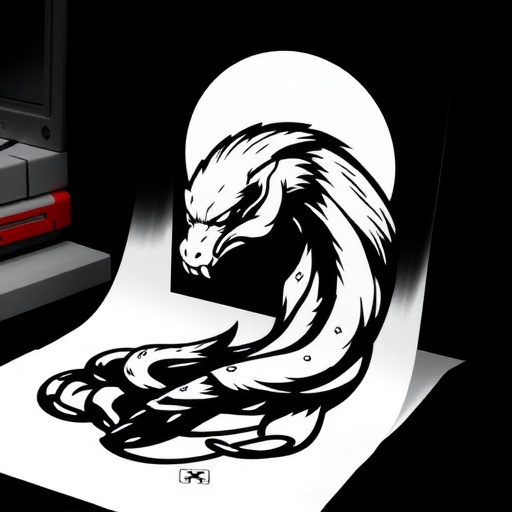
DTF (Direct to Fabric) Printing is a cutting-edge technique that has revolutionized the custom apparel industry. Unlike traditional printing methods, DTF offers numerous advantages for creating high-quality, vibrant designs on various fabrics, including light materials like cotton and linen. This modern approach allows for direct application of ink onto the fabric’s surface, resulting in exceptional print quality, vivid colors, and intricate details that are both durable and long-lasting.
Choosing DTF Printing offers a range of benefits. It is particularly ideal for small to medium batch production runs, making it perfect for businesses looking to create custom t-shirts or other clothing items without breaking the bank. The versatility of DTF printing allows designers and manufacturers to cater to diverse client needs, from simple text prints to complex graphics. Moreover, this method ensures faster turnaround times compared to traditional screen printing, enabling businesses to meet tight deadlines and deliver orders promptly.
Understanding the Advantages of DTF Print

DTF (Direct to Film) print offers a plethora of advantages that have revolutionized the custom apparel and merchandise industry. One of its key benefits is the ability to produce high-quality, vibrant prints on various fabrics with remarkable speed and efficiency. This technology eliminates the need for costly and time-consuming screen printing setups, making it an attractive option for businesses and individuals looking to create personalized designs swiftly. With DTF, you can easily achieve complex artwork, intricate details, and sharp color transitions, ensuring your custom hoodies or T-shirts stand out from the crowd.
Moreover, DTF print allows for direct application of design onto the fabric, resulting in exceptional durability and a professional finish. This method is particularly ideal for creating custom DTF transfers, enabling easy customization of clothing, accessories, and other products. Whether you’re looking to set up a small business or cater to a large audience with personalized items, the best DTF printer can offer unmatched versatility and quality, ensuring your creations leave a lasting impression.
Getting Started with DTF Printing: A Step-by-Step Guide for Beginners
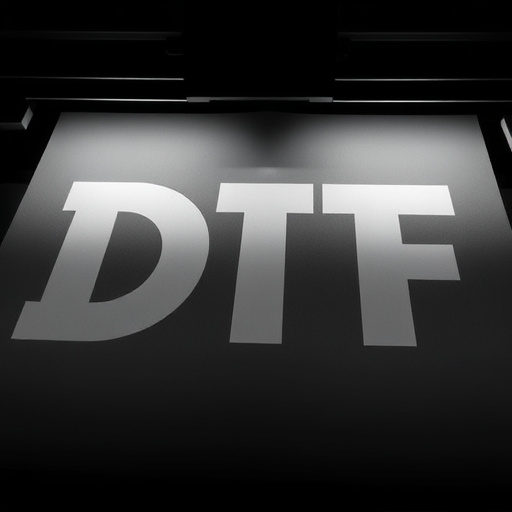
Starting your journey with Direct-to-Fabric (DTF) printing can seem daunting, but it’s a process that becomes smoother with each step. Here’s a straightforward guide to kickstart your DTF print adventures:
1. Gather Your Essentials: Before you begin, ensure you have the necessary equipment. You’ll need a DTF printer, suitable fabric (ideally light fabrics for DTF transfers), heat press machine, and design software capable of creating or editing graphics with vector capabilities. Don’t forget to source high-quality ink compatible with your DTF printer.
2. Prepare Your Design: Create or obtain the artwork you want to print. Vector graphics are ideal as they offer crisp lines and sharp details when scaled up. Using design software, prepare your image by ensuring it’s in the correct format (typically SVG or EPS) and has a resolution suitable for printing (300 DPI is a good starting point). Make sure your design fits within the fabric’s dimensions without any important elements being cut off.
3. Select the Right Fabric: DTF printing works best on light, smooth fabrics like cotton t-shirts, hoodies, or tote bags. Avoid fabrics with complex textures or coatings as they might hinder ink adhesion. Pre-wash and dry your chosen fabric to ensure it’s ready for printing.
4. Load and Calibrate: Load the fabric into your heat press machine and adjust settings based on your printer’s guidelines. Calibration is crucial; ensure your print head is accurately aligned with the fabric to achieve precise and consistent results.
5. Print Your Design: With your fabric in place, send the design from your software to the DTF printer. Monitor the printing process closely. Once complete, carefully remove the printed fabric from the press, ensuring it’s flat and free of wrinkles.
DTF printing offers a unique and efficient method for beginners to explore custom design and small-batch production. By leveraging its numerous advantages, from precise detail reproduction to fast turnaround times, you can transform your creative ideas into tangible products swiftly. This guide has provided an essential framework to get you started, so why wait? Dive into the world of DTF printing today and unlock a new level of design freedom.
